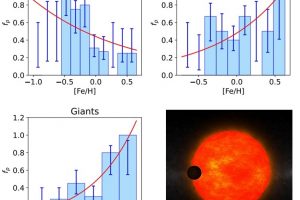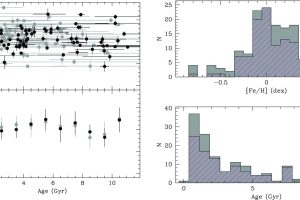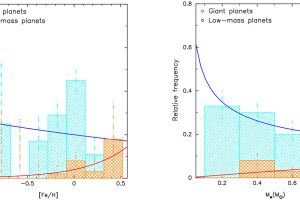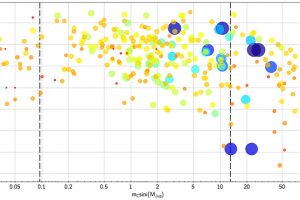The relation between stellar metallicity and presence of giant planets in intermediate massive stars described in the study: “Intermediate-mass stars and the origin of the gas-giant planet-metallicity correlation” of J. Maldonado (INAF-OAPA)

As of today (February 2025), out of the 5834 identified exoplanets, only about 5% orbit stars with masses between 1.5 and 3.5 solar masses (intermediate-mass stars). This is likely due to specific difficulties in exoplanet detection techniques, difficulties that are not encountered for lower-mass stars. For example, since they are more luminous than lower-mass stars, the transit depth (i.e., the
» Read more


